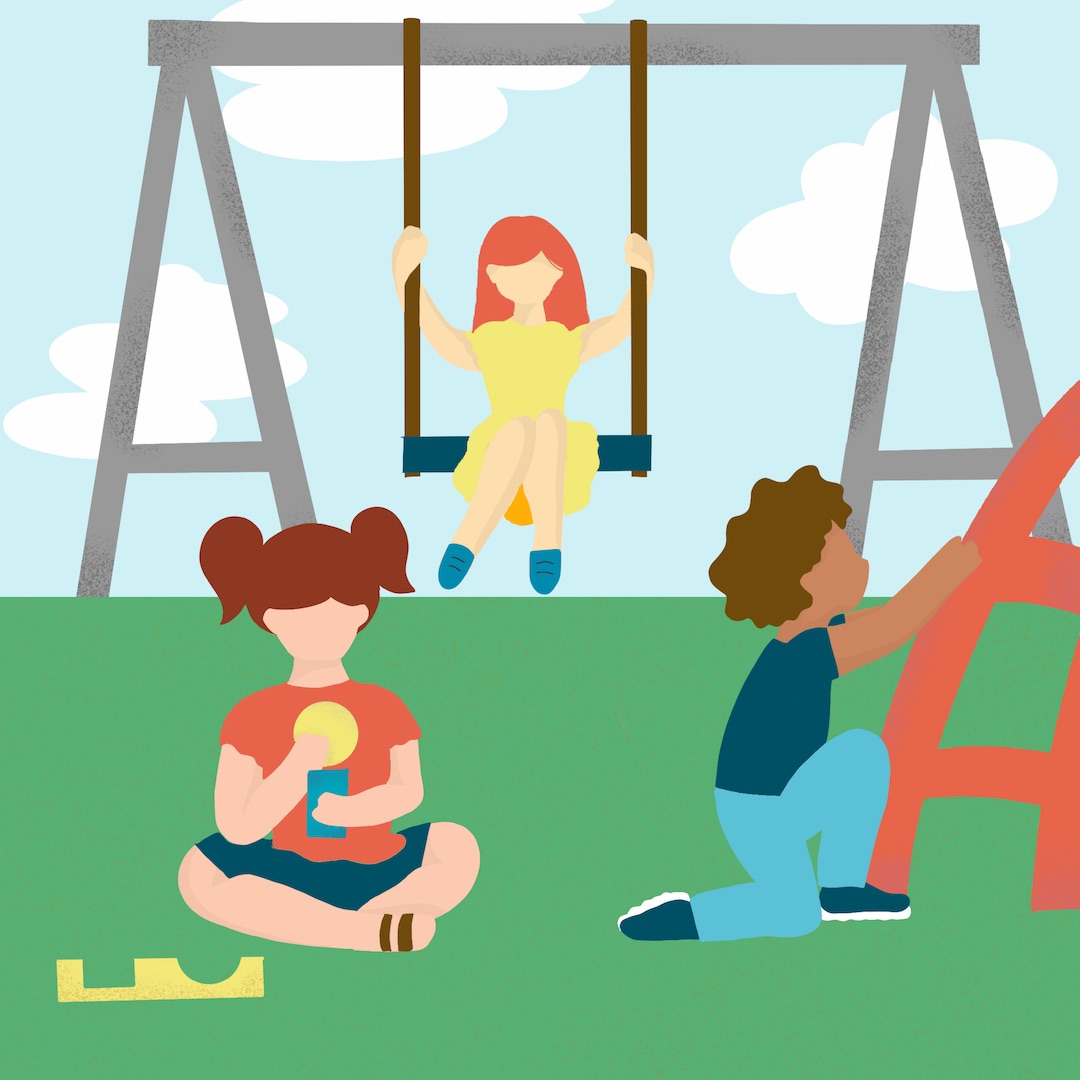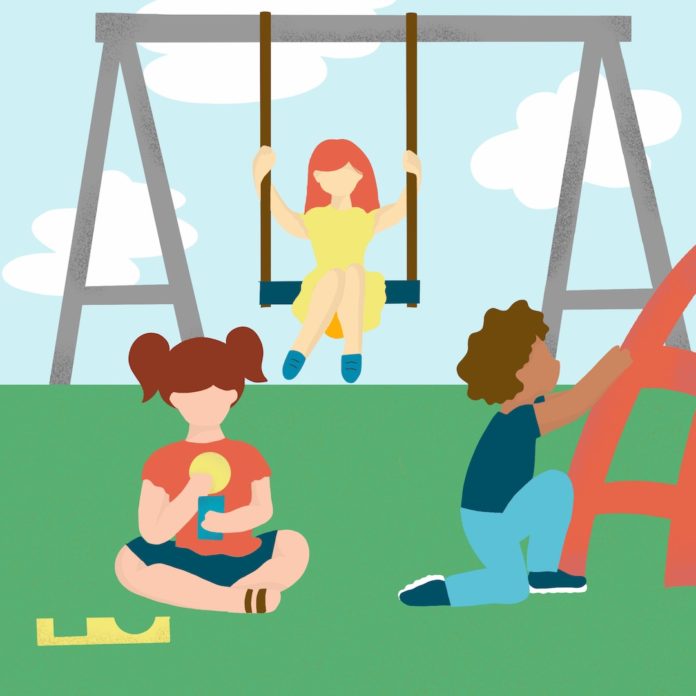
Creativity is a kind of grown-up version of play, so perhaps it isn’t surprising that childhood play and adult creativity are intimately linked. Even for engineers, architects, and scientists, early experiences in unstructured free play—especially pretend or make-believe play—is a boon to later creativity.
Psychologist Sandra Russ of Case Western Reserve University has spent more than two decades studying the connection between childhood play and adult creativity. Through play, she says, “Children learn how to process emotions and develop the cognitive processes that help them experiment with the lifelong skill of problem-solving.” She encourages parents to allow their children to play with ordinary boxes, pans, even furniture. “Play teaches them some lifelong skills that they can take into adulthood and use in creative ways,” she says.
And by play, Russ isn’t thinking of travel soccer leagues. Structured, adult-organized activities—gymnastics lessons, chess clubs, play dates—have all but replaced ordinary free play in which kids have to figure out for themselves what to do. Are we in danger of raising a generation of well-behaved, perfectly socialized robots? No one can say for sure. But the hyperstructured way in which many children are raised now is not the way most kids grew up prior to the twenty-first century.
That’s why I also don’t buy into the endless tests, and test prep, that many children in elementary schools these days are forced to endure. All that rigor can kill their imaginative spark. Incredibly, some schools have even eliminated the recess period—my sons would revolt! Other schools, however, are going in the opposite direction: they’re adding extra recess time to the school day while eliminating all homework in elementary school.
I’m not saying you should take their cell phones and tablets away or cancel their play dates and ballet classes. But this is what I know: unstructured free play in childhood is a foundation of adult creativity. Personally, I try to give my three sons some space to explore, invent, and figure things out for themselves—even take some risks. Schools in Britain, in fact, have begun intentionally “bringing in risk” to their playgrounds and classrooms, allowing children (under supervision, of course) to play with saws, scissors, old pieces of wood, and even fire. Allowing children the opportunity to go a bit rogue is not a guarantee, but it’s the best elixir for them to mature into multidimensional adults.
For instance, on a recent family vacation, we put our 13-year-old in charge of navigating our way through the Tube (London subway). He picked the correct train but the wrong direction. We let him figure it out, and he did. Creativity, after all, requires the confidence to know that mistakes happen and are part of the process. Fear of failure keeps too many people from daring to express themselves.
Neuro-Gym #2: Get Playful is excerpted from Neurofitness: A Brain Surgeon’s Secrets to Boost Performance and Unleash Creativity © 2019 by Rahul Jandial, M.D., Ph.D. Reproduced by permission of Houghton Mifflin Harcourt. All rights reserved.













